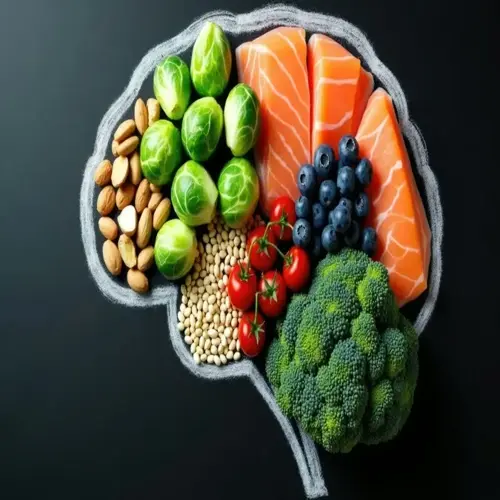What cooking methods best preserve zinc content?

Written by
Stella Nilsson
Reviewed by
Prof. Benjamin Murphy, Ph.D.Zinc retention from food varies depending on the cooking method. Since proper cooking preserves this mineral and breaks down absorption inhibitors, knowing how to apply heat improves plant and animal food sources of zinc into usable ones. For this reason, one's method of preparing meals has a direct relation to the food's nourishment.
Moist Heat Methods
- Steam seafood at 212°F (100°C) 5-7 minutes for 95% zinc retention
- Pressure-cook legumes 20 minutes at 15 PSI to keep 85% zinc
- Blanch vegetables briefly in boiling water then shock in ice water
Dry Heat Applications
- Dry-roast seeds at 300°F (150°C) 10 minutes to boost absorption 15%
- Bake meats at 350°F (175°C) covered to retain juices and minerals
- Toast grains lightly before cooking to degrade phytates effectively
Steaming establishes the ideal conditions for preserving seafood zinc. Its gentle steam can penetrate and does not leach minerals away from the food through the water. Shellfish, such as oysters and crabs, retain their natural zinc-amino acid complexes through this process. Always cook only until the shells open, lest the valuable nutrients be destroyed.
Pressure cooking for legumes transforms the accessibility of plant zinc. The combination of steam and pressure actively disrupts the complex phytate bonds found in legumes. Acidity from cooking peppers and tomatoes with chickpeas is particularly beneficial in improving the absorption of the mineral zinc. Cooking legumes this way dramatically decreases the time required, whilst retaining the maximum amount of minerals.
Dry heat applications change the nutritional profiles of seeds. Roasted pumpkin seeds are cooked at exact temperatures, denaturing inhibitors without destroying their nutritional value. This results in a crispy texture that is great for salad toppings. Continuous stirring is needed to avoid burning the nutritious coating.
Do not let boiling be the primary means of cooking, as it will leach 20-60% of the zinc content during prolonged water immersion. Use little water if boiling becomes necessary, and use the nutrient-rich cooking mediums in soups and sauces. For better preservation of minerals, steaming or roasting is preferred.
Read the full article: 10 Top Zinc Rich Foods to Eat

